planting a oak
tj-oak
14 years ago
Related Stories
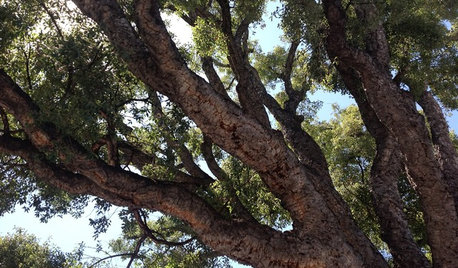
GARDENING GUIDESGreat Design Plant: Cork Oak
Witness an incredible renewable resource being grown while lolling in the abundant shade of this expansive, ever-popular tree
Full Story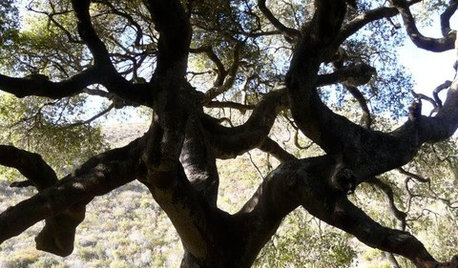
CALIFORNIA NATIVE PLANTSGreat Design Plant: Coast Live Oak
The stuff of legends and memories, this California tree is one to build a whole landscape around
Full Story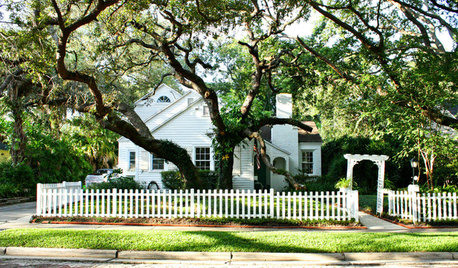
TREESGreat Design Plant: Southern Live Oak Offers an Unbeatable Canopy
Keep it dense or prune it for more light. No matter how you grow Quercus virginiana, it’s a majestic addition to its native landscape
Full Story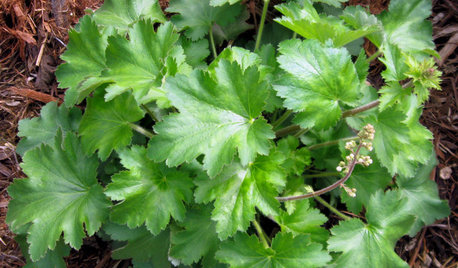
GARDENING GUIDESGreat Design Plant: Island Alumroot
Shade tolerance and resilience make this California native a natural for planting under oaks and other canopy trees
Full Story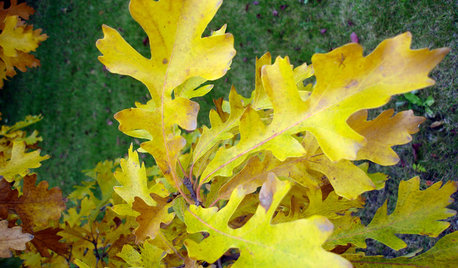
GARDENING GUIDESCelebrate Eastern Oaks for Wildlife, Longevity and Seasonal Interest
There might not be a more important tree to have in your eastern U.S. landscape — if you can fit one in
Full Story
GROUND COVERSNative Alternatives to English Ivy, Japanese Pachysandra and Periwinkle
These shade-loving ground covers are good for the environment and say something about where you are
Full Story
GARDENING GUIDESGreat Design Plant: Butterfly Milkweed, a Beacon in the Prairie
Vivacious orange flowers for you, nectar for the butterflies and bees. Asclepias tuberosa is worth planting for more reasons than one
Full Story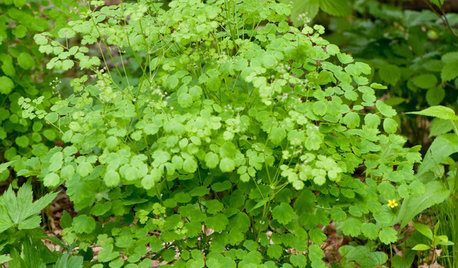
GARDENING GUIDESGreat Design Plant: Thalictrum Dioicum Thrives in Dry Shade
Plant early meadow-rue in eastern U.S. woodland gardens for its tolerance of dry sites and shade
Full Story
GARDENING GUIDESGreat Design Plant: Wild Lupine Dresses Up Rocky Gardens
Spiky blue flowers and a high tolerance for poor soil make this plant ideal for tough sites
Full Story








Dan _Staley (5b Sunset 2B AHS 7)
brandon7 TN_zone7
Related Professionals
Danbury Landscape Architects & Landscape Designers · Mountain Brook Landscape Architects & Landscape Designers · Tomball Landscape Architects & Landscape Designers · Harvey Landscape Architects & Landscape Designers · Hartford Landscape Contractors · Wake Forest Landscape Contractors · East Chicago Landscape Contractors · Fort Worth Landscape Contractors · Mission Viejo Landscape Contractors · Baileys Crossroads Landscape Contractors · Milwaukee Siding & Exteriors · Boone Decks, Patios & Outdoor Enclosures · Salisbury Decks, Patios & Outdoor Enclosures · Salisbury Decks, Patios & Outdoor Enclosures · St John's Kirk Decks, Patios & Outdoor Enclosuresrhizo_1 (North AL) zone 7
brandon7 TN_zone7
ken_adrian Adrian MI cold Z5
Dan _Staley (5b Sunset 2B AHS 7)
katrina1
brandon7 TN_zone7
Dan _Staley (5b Sunset 2B AHS 7)
rhizo_1 (North AL) zone 7
katrina1
rhizo_1 (North AL) zone 7